I Always Wake Up to Wet Windowsills in My Damp-Prone Home – This Under $20 Solution is the Quick Fix I Need to Combat Condensation and Stop Mold For Good
It’s perfect for renters, too
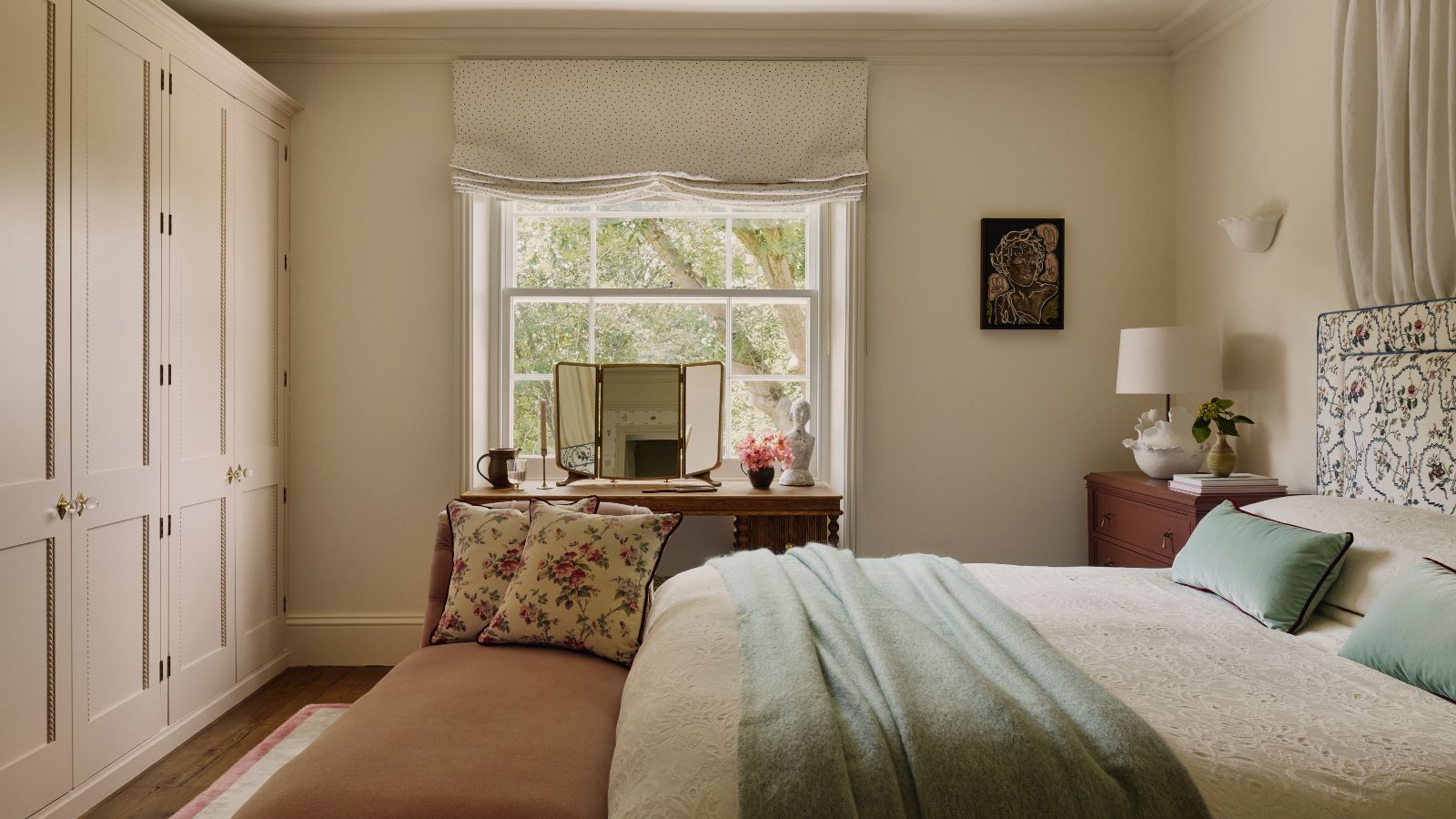

Every morning in winter, I wake up to the same frustrating sight – wet windows and pools of water on the sills. But cracked windows leave me shivering in my sleep, and dehumidifiers are too loud (and expensive) to leave running all night.
That's why I am so intrigued by this condensation tape, from Amazon. For under $20 for three huge rolls, it seals off cold edges where moisture gathers, preventing drips before they form.
It's the low-effort, low-cost solution every damp-prone home needs to combat condensation on windows this winter.
This Condensation Tape is the Fast Solution to Mold in Winter
Preventing mold should be at the top of everyone's priority list in winter, but it is often easier said than done. We contribute to the moisture in the air with every breath, and shutting up windows coupled with disparities between indoor and outdoor temperatures can quickly lead to condensation.
While you can faff around with using salt to get rid of condensation, or try to adapt to sleeping with the hum of your best dehumidifier, there are far quieter, less wasteful ways to curb condensation – such as condensation tape.
It might seem too simple to be effective, but it is the simplicity that makes it a winner in my eyes. The tape trails along the base of your windowpanes (where the most droplets form) and absorbs the moisture, preventing drips and leaks that can turn window frames and seals moldy with time.
They are self-adhesive, too, so all you need is a pair of scissors (from Walmart) to trim the tape to size, keeping the installation quick and renter-friendly. Just be sure to clean windows first to remove any grease, moisture, or debris that could affect adhesion. I love the Method glass cleaner, also from Walmart, as it smells like fresh mint and quickly removes streaks with its plant-based formula.
Design expertise in your inbox – from inspiring decorating ideas and beautiful celebrity homes to practical gardening advice and shopping round-ups.
I have previously used a window vac to beat condensation in the mornings, opting for my prized Karcher window vac from QVC, but, while very effective, it is time-consuming at best, especially on mornings when I am running late.
With condensation tape, however, you simply apply and forget about it.
It's thin enough that it will not obstruct any light, too, and its light grey coloring is far from noticeable, meaning it will not draw the eye and distract from your home decor.
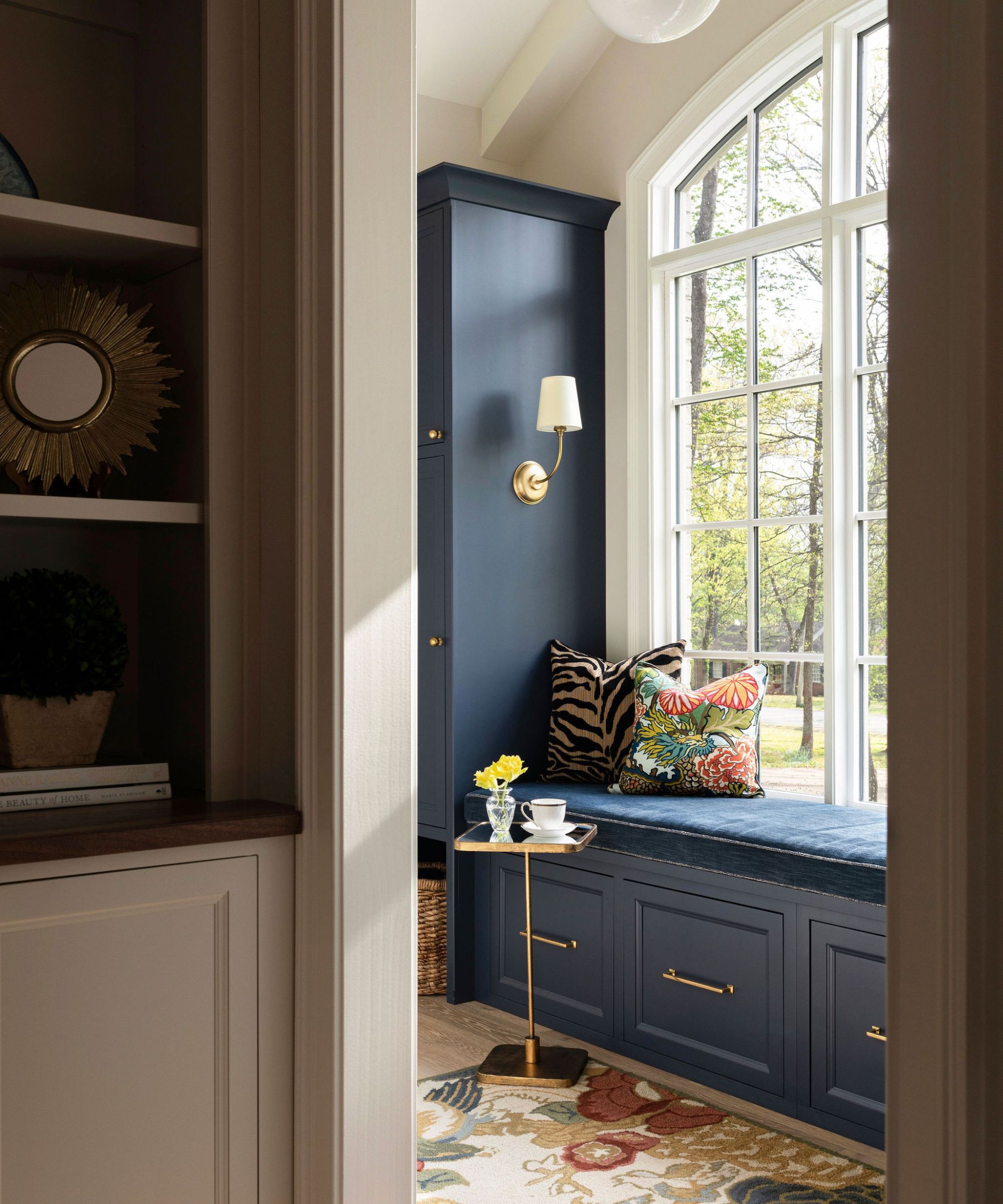
This simple tape is ideal for spots near fabrics, such as seating pads and blinds, protecting them from mold and mildew in winter.
But what really sold me and squashed any skepticism were the glowing five-star reviews.
As one satisfied shopper writes, 'We have a small apartment with a window close to the bathroom, so condensation running down the window (and the walls, floors, etc.) has been a constant issue. This tape is working wonders. I was getting a ton of black mold on my windowsill before, and these are dealing with the moisture.'
Another shopper praised the tape for tackling condensation just as well as a towel would, 'but without the constant swapping,' bidding goodbye to 'soggy sills.'
They shared, 'I cut a strip, laid it along the bottom of my window, and the next morning the usual puddle was gone, just quietly soaked up into the strip.
'At 16+ feet long, one roll handled several windows with room to spare. It’s thick enough to stay put, reusable after drying out, and blends in well enough that you don’t notice it unless you’re looking.
'Only thing: it’s not magic, so if your window leaks like Niagara Falls, you’ll still need more than this.
'But for everyday winter condensation, it’s a lifesaver for your sills and paint.'
What to Shop
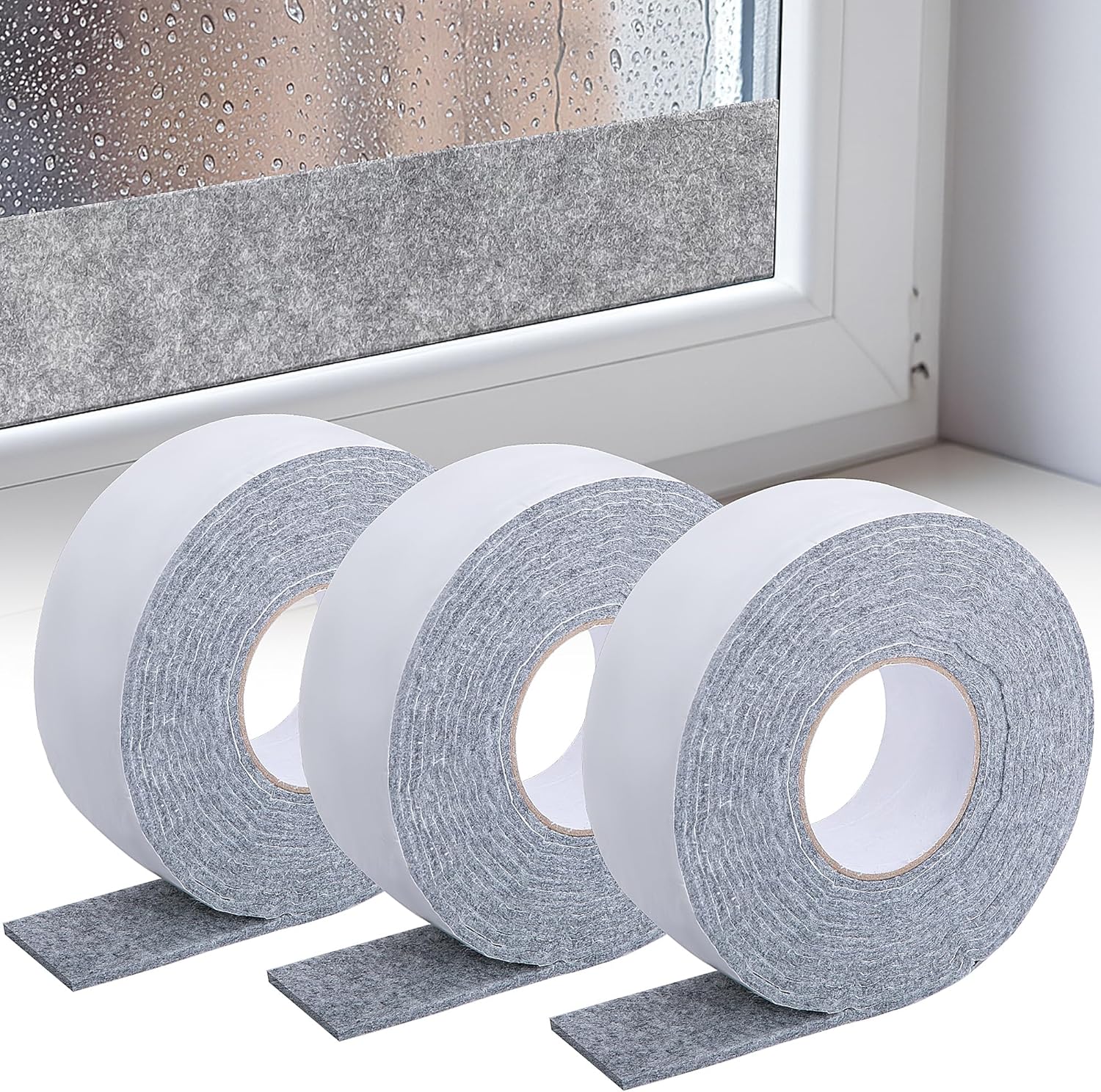
Each roll of condensation absorber strip measures 16.4 feet long, two inches wide, and five millimeters thick.
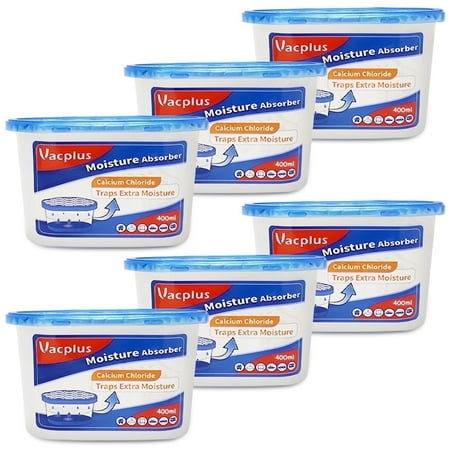
These leak-proof moisture absorbers are ideal for shelves, storage cabinets, and window sills, helping to suck up excess moisture from the air to prevent condensation and mold.
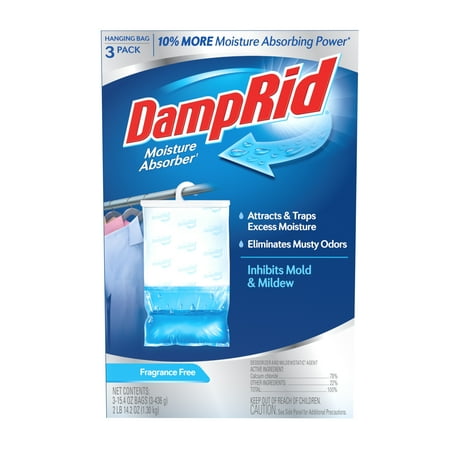
Hanging moisture absorbers can stop mold in closets, absorbing condensation to protect clothes from damage over the cold winter months.
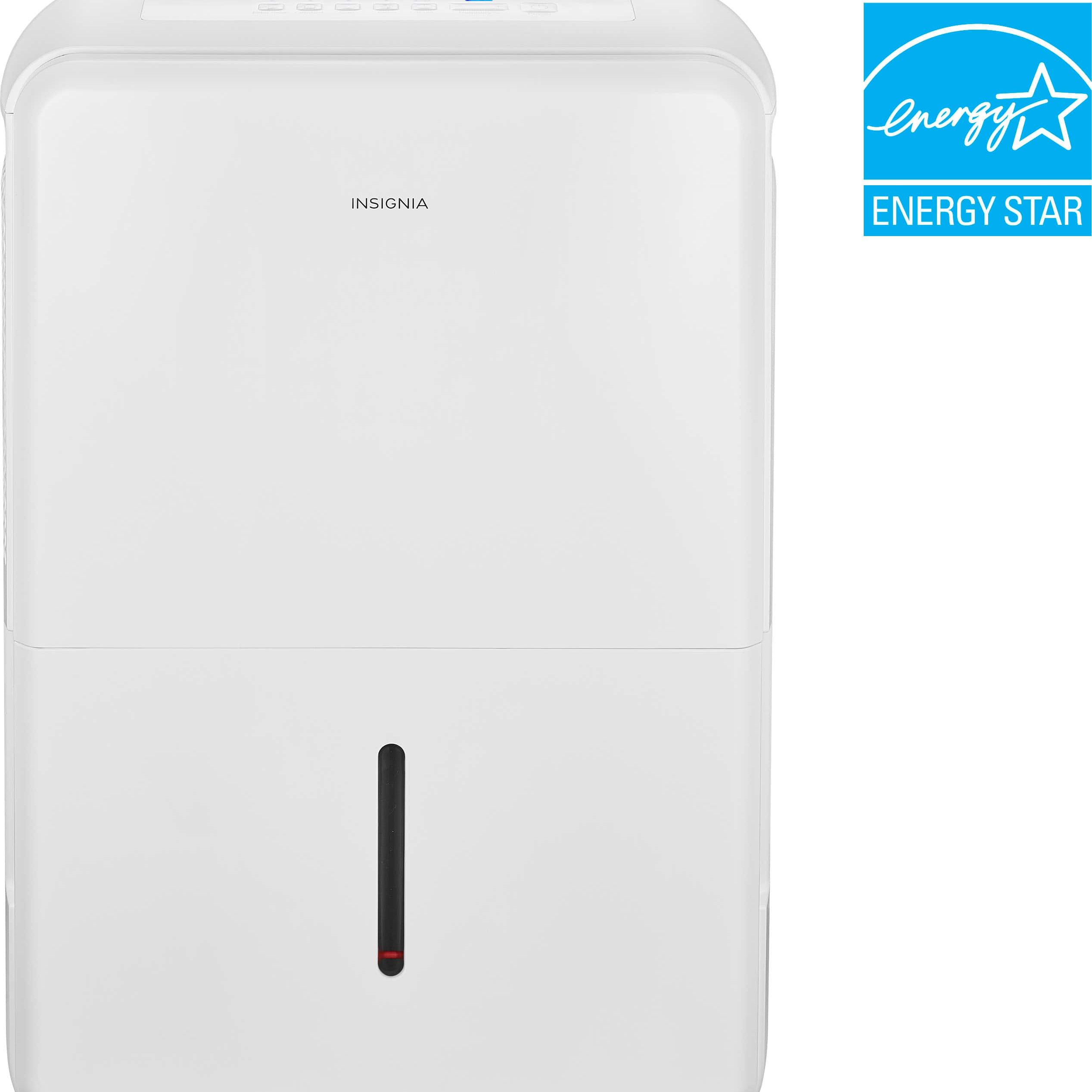
This Energy Star dehumidifier can help to balance humidity levels inside damp-prone homes when you don't want to open windows in winter.
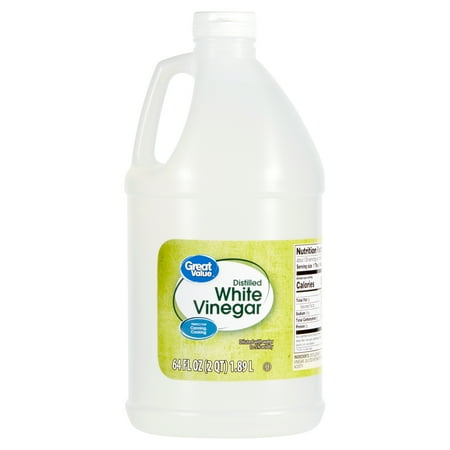
Distilled white vinegar is a fantastic non-toxic cleaning tool for any home. When used correctly, it can help to kill mold and bacteria, as well as tackle odors and lighten stains, all without harsh chemicals.
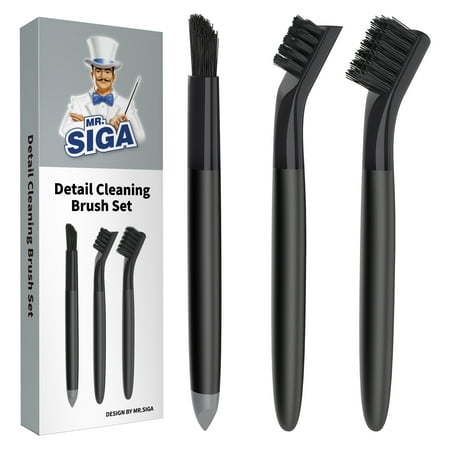
These small detail cleaning brushes are ideal for targeting awkward spots that cloths can't reach, such as around window frames and in window tracks, helping to combat mold.
Wondering why your house feels damp? Everything from poor ventilation to inadequate insulation can play a roll in damp-prone homes. They all need addressing to mitigate the risk of mold for good.

Chiana has been at Homes & Gardens for two years and is our resident 'queen' of non-toxic living. She spends most of her time producing content for the Solved section of the website, helping readers get the most out of their homes through clever decluttering, cleaning, and tidying tips. She was named one of Fixr's top home improvement journalists in 2024.